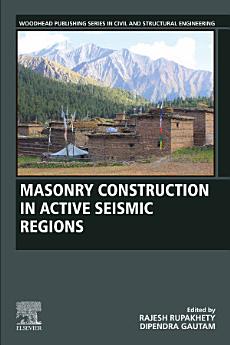Masonry Construction in Active Seismic Regions
આ ઇ-પુસ્તક વિશે
લેખક વિશે
Professor Rajesh Rupakhety is a Professor in the Civil and Environmental Engineering Faculty, and Director of Research at the Earthquake Engineering Research Centre at the University of Iceland. He obtained his PhD from the University of Iceland, in earthquake engineering. He has a wide variety of research interests, mainly in solid and fluid mechanics, and in engineering seismology. He is very active in the field, and has worked on seismic design provisions for hydropower and wind plants in Iceland. He has published widely on construction and seismology.
Dipendra Gautam is a researcher in structural earthquake engineering. He has published more than 30 papers and refereed book chapters in top-tier journals and edited volumes. He works in the range of structural earthquake engineering including structural dynamics, seismic vulnerability and reliability analysis, sustainable structural engineering, vernacular seismic resistant construction technologies, risk assessment, among others. He has experience in working after 2011 Eastern Nepal earthquake, 2015 Gorkha earthquake sequence, and 2016 Central Italy earthquake sequence.




